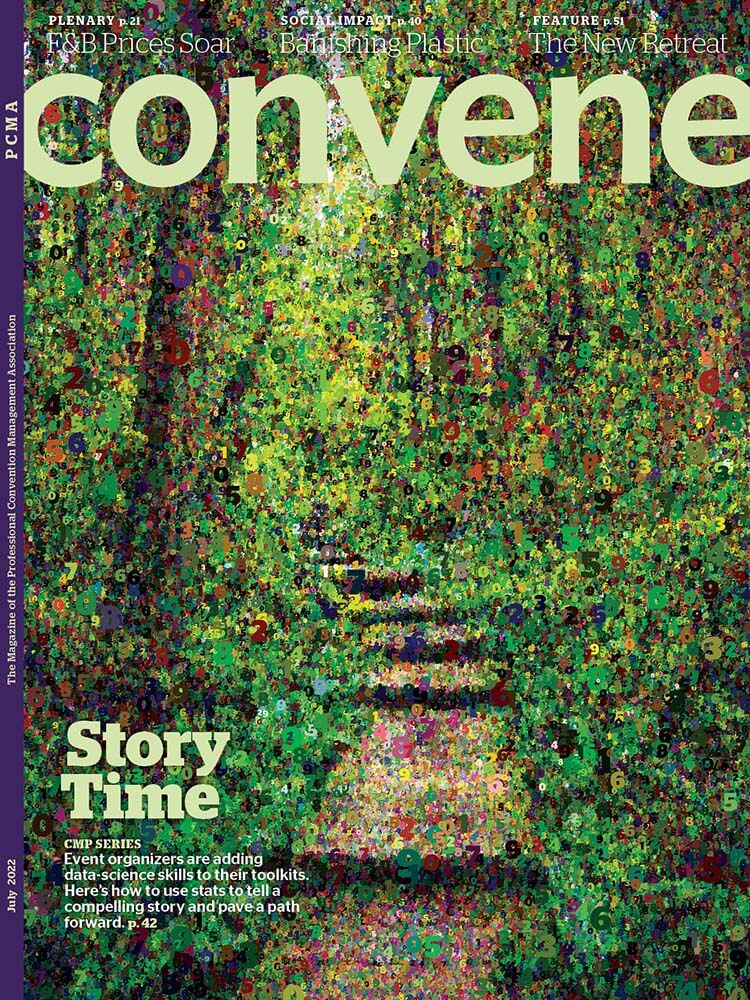
The 6.75-acre green roof at New York City’s Javits Center is home to 37 different species of birds, five species of bats, and thousands of honeybees. (Photo Courtesy Javits Center)

Michelle Russell
The numbers we’ve been bombarded with lately in the media cause anxiety — inflation rates, food and gas price hikes, and tumbling stocks.
So today I latched on to a number that made me happy. It came in the form of a press release from the Javits Center — down the road and across the Hudson River from where I live — announcing that two new bird species have been identified on the center’s green roof, which is roughly the size of seven football fields.
A total of 37 bird species have been identified on the green roof since 2014, as well as five bat species. What makes these stats even more remarkable is that the Javits Center was once infamously the site of avian fatalities, but that changed when low-reflective glass panels were installed at the facility nearly a decade ago, reducing bird deaths by 90 percent. “Thanks to our ongoing partnership with NYC Audubon, we have been able to understand how simple, smart changes to our infrastructure can have a positive impact on the urban environment,” Alan Steel, CEO of the New York Convention Center Operating Corporation, said in a statement.
None of the stats I just shared — 2, 7, 37, 5, 90 percent — are complicated, and they almost tell the Javits’ environmental success story by themselves. All I did was to convert the size of the green roof — 6.75 acres — into a physical unit we can more easily picture in our minds: a football field. That’s one of the tips I picked up from reading Making Numbers Count: The Art and Science of Communicating Numbers, and by interviewing the book’s coauthor, Chip Heath, for Convene’s July cover and CMP Series story.
We set out in this story to present the case that virtual events held during the pandemic made data collection — like which sessions people attended and how long they stayed — almost automatic. It highlighted the opportunity for organizers of digital, hybrid, and in-person events to add data proficiency to their skillsets.
We narrowed our focus on this big topic to this: inspiring you to present the data you’ve collected about your events in a way that is compelling, to take a point of view, and tell a story.
It all comes down to evolution. As Chip Heath writes, while we use numbers every day to make sense of the world, humans aren’t built to understand them. Throughout much of history, most languages had no words for numbers greater than five — anything from six to infinity was known as “lots.” What we are hard-wired for is storytelling. “Our brain fires in a certain way when a story is being told,” communications expert Nancy Duarte says. We use stories to make meaning.
I hope our cover story helps you to dive into your data and find the plotline. And that you’ll find other insights — lots of them — throughout this issue to help you excel.
Michelle Russell is editor in chief of Convene.
Certifiable
Recognizing the growing importance of event data analysis, PCMA has launched an Event Data Strategy Certificate, a playbook to turn your in-person, hybrid, and digital event data into insights.
Convene July 2022 Cover & CMP Series Package
Following are links to other articles from the July cover story:
- Translating Numbers Into Concrete Ideas
- Using Event Data to Chart a Path Forward
- Making Emotions Count in Your Event Data
- Where to Start on Your Event Data Journey
- 3 Steps to Impactful Data Storytelling
RELATED CONTENT
- Nancy Duarte’s “3 Ways to Help People Understand What Your Data Means” in the Harvard Business Review
- A five-minute HBR video, “Telling Stories with Data in 3 Steps”

